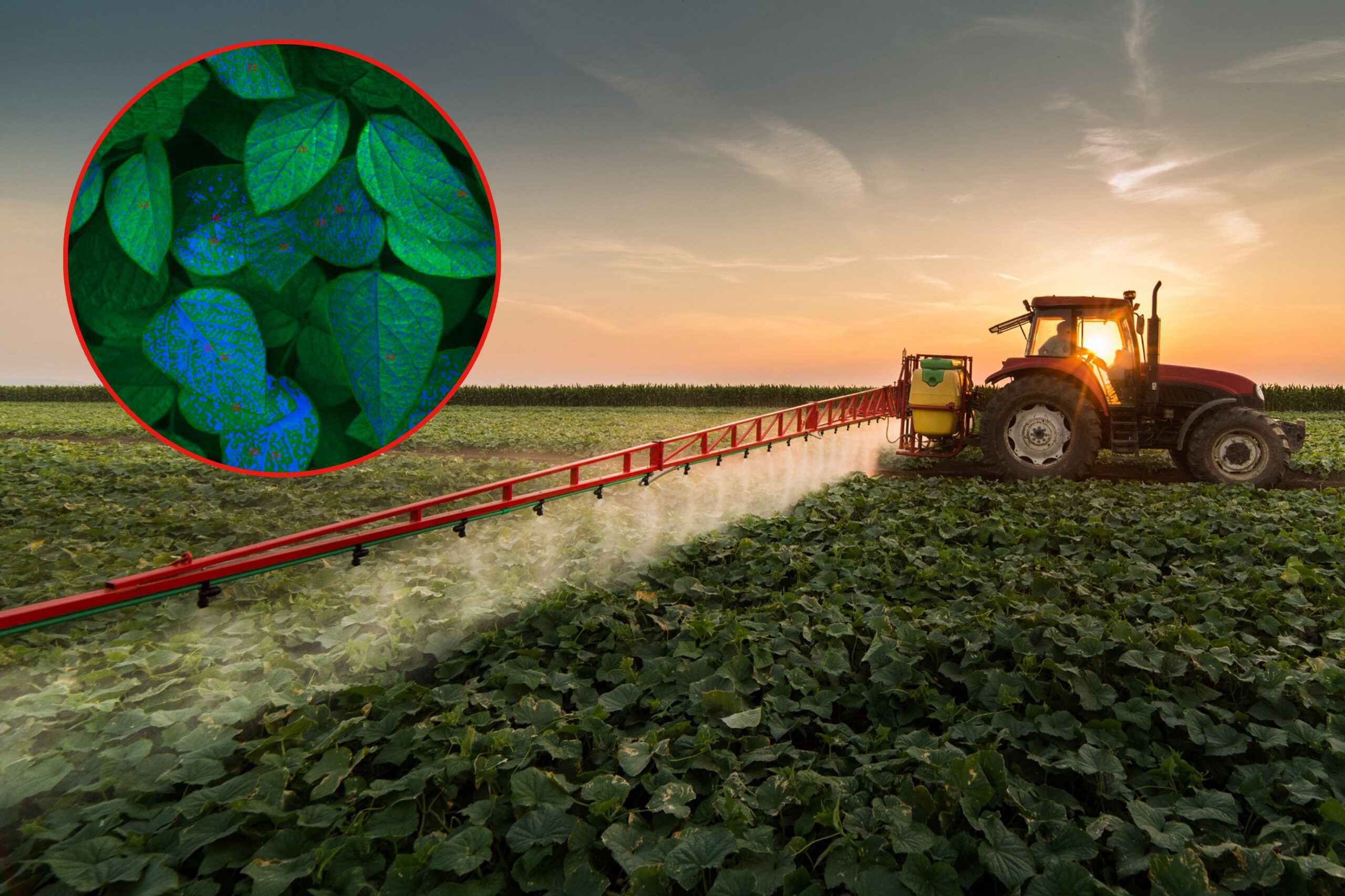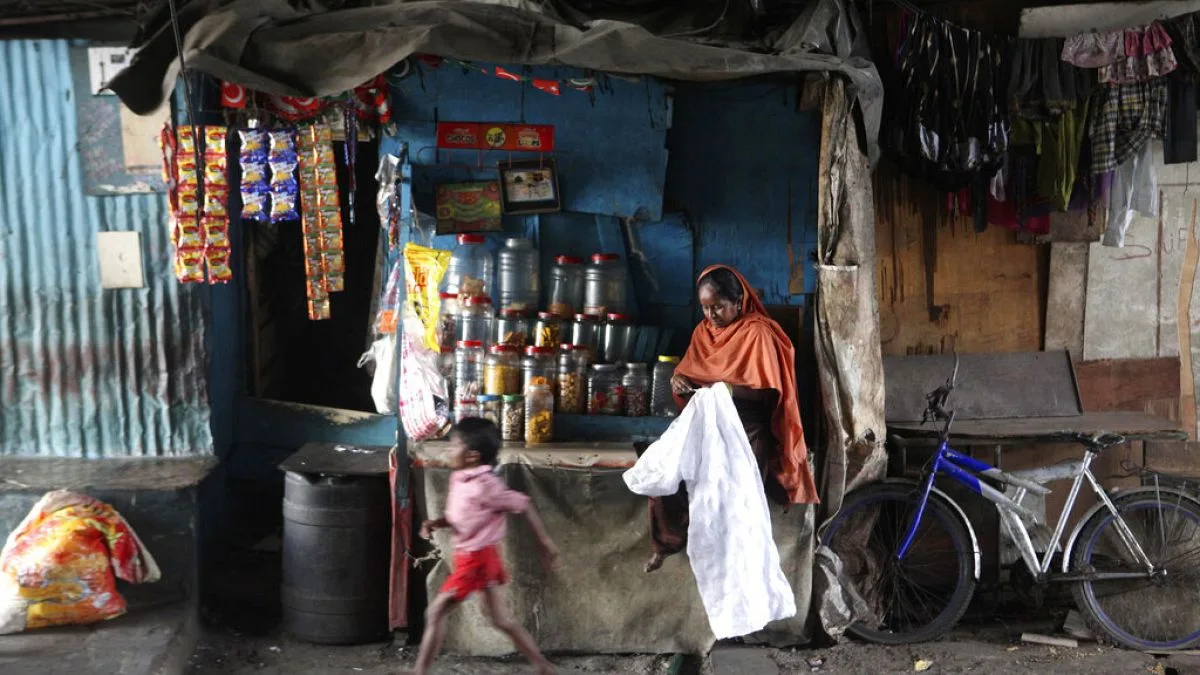Over the last decade, AgZen’s founders have focused on developing innovative products that refine how droplets and sprays interact with plant surfaces. In 2024, the Boston-based venture launched a groundbreaking commercial product aimed at enhancing spray efficiency, with ongoing pilot projects for another related technology. Initial field tests have indicated significant reductions in chemical usage without compromising pest management effectiveness.
“On a global scale, farms expend around $60 billion annually on pesticides. Our goal is to minimize this financial burden while maintaining effective pest control,” asserts Varanasi.
Enhancing Droplet Adhesion
The pesticide market worldwide is burgeoning, yet a considerable volume of sprayed chemicals fail to reach their intended targets. Many droplets end up bouncing off plant surfaces, landing on soil, and contributing to environmental runoff, ultimately polluting nearby water bodies and sometimes dispersing over extensive distances through wind.
“Issues like drift, runoff, and inefficient application methods have long plagued agriculture, but our technology can optimize how sprayed droplets interact with leaves,” Varanasi points out.
With backing from organizations like the MIT Tata Center and the Abdul Latif Jameel Water and Food Systems Lab, the AgZen team analyzed droplet impacts on plant surfaces and pursued ways to boost application efficiency. This research culminated in the creation of a unique nozzle system designed to enhance droplet retention on leaves—dubbed EnhanceCoverage.
Field trials conducted across diverse locations, from Massachusetts to California, as well as France and Italy, revealed that this innovative droplet-optimization approach could reduce chemical usage by over 50% by ensuring more sprayed substances adhere to the plant surfaces.
Determining Spray Coverage
Despite the promising capabilities of their new technology, AgZen encountered a significant challenge: there was no reliable method to quantify the adherence of pesticide sprays to plants. How could they confidently assert that their EnhanceCoverage system improved coverage?
“Having grown up spraying chemicals on a small farm in India, I was aware of this issue,” Jayaprakash recalls. “Conversations with growers revealed the complexities involved in spraying with large machinery. The effectiveness of each application can be influenced by a myriad of factors—sprayer speed, chemical flow rates, the specific chemicals used, plant age, nozzle types, and current weather conditions—making agrochemical application extremely nuanced.”
Agricultural spraying typically involves dissolving a chemical in water and subsequently spraying droplets onto plants. “However, the interaction between droplets and leaves is intricate,” Varanasi explains. “While we were aiming to optimize this process, growers communicated a fundamental truth: many hadn’t analyzed it at all before.”
Despite decades of chemical spraying in agriculture, farmers have often had to operate under broad generalizations and select variables based on past experiences, leading them to hope for effective pest control outcomes post-spraying.
To market their droplet coverage improvement system, AgZen first needed to devise a reliable method for measuring real-time spray adherence.
Before-and-After Comparisons
The device they devised—extensively tested on farms nationwide—can be affixed to the spraying arms of nearly any sprayer. It features dual sensor stacks positioned both ahead and behind the nozzles, along with integrated software that displays real-time coverage data on a tablet. This technology calculates how much of each leaf has been treated and estimates droplet dispersion and evaporation.
“The fundamental physics behind how droplets spread and evaporate is now embedded in our user-friendly software,” Varanasi explains. “Our extensive understanding of leaf droplet interactions allows us to offer precise assessments of spray efficacy, addressing factors like temperature and humidity that have historically been somewhat of a mystery in the spraying domain.”
“We don’t just measure coverage; we provide actionable recommendations,” Jayaprakash adds, assuming his role as AgZen’s CEO. “RealCoverage offers real-time optimization guidance, advising operators on ideal nozzle types, driving speeds, and optimal spray volumes, tailored to specific chemicals and crop conditions.”
Initially designed to validate the performance of AgZen’s upcoming EnhanceCoverage nozzle system launching in 2025, the real-time monitoring capabilities yielded surprising improvements.
“Last year, we collaborated with large-scale commercial farms in various crops,” Jayaprakash notes. “Our pilot customers were astonished to discover we could save them up to 50% in chemical costs at scale.” This technology has successfully reduced chemical expenditure during fallow field burn-downs, soybean weed control, cotton defoliation, and application of fungicides and insecticides on vegetables and fruits. Related trials conducted by three top agricultural universities further corroborate these claims.
“We consistently achieved savings between 30 to 50% in chemical expenses while simultaneously enhancing crop yields through improved pest management,” Jayaprakash emphasizes. “By concentrating on the droplet-leaf interaction, our solution facilitates effective foliage spraying throughout the year, whereas many recent advancements have primarily targeted herbicide reductions.” The company anticipates leasing this system across vast expanses of farmland in the year ahead.
Such efficiency gains could yield substantial returns, especially considering that U.S. farmers currently spend around $16 billion annually on chemicals to safeguard approximately $200 billion in crop yields.
AgZen introduced its first product, the coverage optimization system named RealCoverage, in 2023, prioritizing a wide array of farms across various crops and climates. “We’ve transitioned from proof-of-concept trials on large farms to mass commercial rollout with our lease-to-own program,” Jayaprakash notes.
“Notably, the USDA has enlisted our expertise to evaluate practices minimizing pesticides in watersheds,” Varanasi adds, remarking on RealCoverage’s potential significance for regulators, chemical manufacturers, and agricultural equipment companies alike.
Once the effectiveness of coverage optimization is established and widely implemented, AgZen plans to launch its second product, EnhanceCoverage, aimed at maximizing droplet adhesion. Given that this system necessitates integrating new nozzles onto existing sprayers, the researchers are conducting pilot tests this year, anticipating a full product rollout in 2025, following farmers’ adaptation and confidence with the initial system.
“The levels of waste in the current system are staggering,” Varanasi concludes. “While farmers must continue spraying for crop protection, the environmental repercussions can be significant. After years of research into droplet adhesion, witnessing these principles come to fruition in our products is exhilarating, knowing we’re on the precipice of resolving a long-standing issue and providing tangible benefits to farmers.”
Photo credit & article inspired by: Massachusetts Institute of Technology



